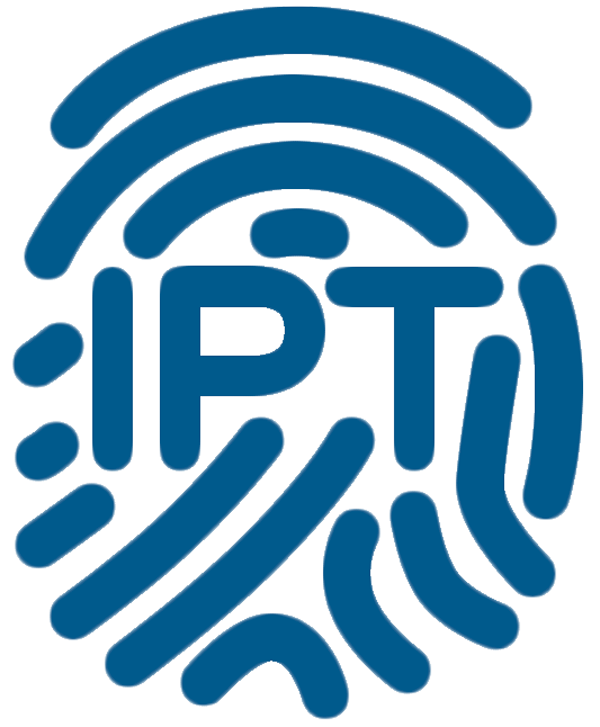 A poster memorializes slain Ennahda foes Mohamed Brahmi and Chokri Belaid. |
Mohamed Brahmi and Chokri Belaid were killed in separate 2013 shootings involving the same gun. Both men opposed the Ennahda Movement, which was in power at the time. Investigators blamed a jihadist cell and identified a 30-year-old French weapons smuggler as one of the killers. Subsequent investigations by attorneys for the dead men uncovered a massive amount of evidence which was presented to the Tunisian prosecutors. They opened a formal investigation into Ennahda's secret apparatus on Oct. 10. The attorneys gave the same evidence to a Tunisian military court, which deals with terrorism and national security.
The lawsuit alleges the murder plots were hatched by Ennahda's secret security apparatus, which the attorneys claim was created by the Egyptian Brotherhood.
Described as an Arab Spring success, Tunisia has made social and economic reforms that collide with Islamist desires represented by the Ennahda Movement. In September, Tunisia's secular incumbent President Beji Caid Essebsi dissolved an alliance with Ennahda .
The attorneys who brought the suit provided Tunisian authorities with evidence implicating Ennahda in the assassinations, said attorney Ridha Raddaoui. That includes a document titled "Motorcycle Fighting skills," which was found in Interior Ministry archives. It details the training methods for assassinations using motorcycles, which were used in Brahmi's and Belaid's murders.
The Egyptian Muslim Brotherhood introduced this type of training in the 1940s as part of its own "Secret Apparatus." According to the Brotherhood literature, it was formed to execute military operations and train Egyptian citizens militarily to defend against foreign invasions. However, it wasn't long before it was turned into a political tool of assassinations and terrorism. The assassinations targeted high profile Egyptian officials, including Prime Minister Mahmoud Al Noqrashy Pasha in 1948.
Interior Ministry documents show that Ennahda set up a similar apparatus based on a Muslim Brotherhood proposal, Raddaoui told a press conference. One document released as part of the lawsuit includes communication between Mustafa Khadr, chief of Ennahda's secret apparatus, and the Brotherhood in Egypt. The contents of those conversations have not been released.
Two unnamed Egyptian MB officials came to Tunisia posing as agricultural experts to help Ennahda set up the apparatus, Raddaoui said.
He also accused Khadr of planting two Tunisian spies inside the American embassy in Tunisia.
Ennahda's spy network allegedly wiretapped civilians, celebrities and key political and judicial figures, tape recordings released by Tunisian lawyer and radio presenter Dalia Ben Mbarek indicate. In one tape, Khadr is heard claiming that the head of the Tunis court is in working to serve the Ennahda apparatus' agenda.
Khadr, the alleged leader of Ennahda's secret apparatus, is a former Tunisian officer who was dishonorably discharged from the army. He is serving eight years in prison for hiding evidence and documents related to the murders of Brahmi and Belaid . The lawsuit alleges that Khadr has direct ties to Ennahda founder Rachid Ghannouchi and Nourerddine Bhiri, who was justice minister from 2011-2013.
Tunisian MP Mongi Al Rahoui, who is part of the group that filed the lawsuit, also accused Khadr of having ties to al-Hakim, the alleged assassin. Al-Hakim confessed in a 2016 interview with ISIS's magazine Dabiq to killing Brahmi. He said he had hoped the killing would "facilitate the brothers' movements and so that we would be able to bring in weapons and liberate our brothers from prisons," and had targeted Brahmi because he worked for the "apostate" government.
Al-Hakim was killed in a November 2016 U.S. airstrike targeting ISIS in Syria.
"Ennahda has connections to known terrorists including Abu Ayyad al-Tunsi, Boubaker al-Hakim and Samy al-Awadi," Al Rahoui said.
A separate lawsuit, filed in June, claims that between 2011-14, the Ennahda-dominated government helped facilitate travel to Syria for jihadists hoping to fight with ISIS. More than 6,000 ISIS terrorists came from Tunisia, constituting the largest number of fighters from a single nationality.
"We presented the documents [showing Ennahda's secret apparatus] to all Tunisian journalists, researchers and even Tunisian Intelligence" to prove their authenticity, said Salah Al Dawodi, one of the lawyers involved in the lawsuit. They include archived messages, audio and video recordings and other intercepted communication involving Ennahda officials. That evidence has been presented to Tunisian courts, he said.
"The Tunisian Ennahda Movement is a branch of the Muslim Brotherhood," said Egyptian MP Mohamed Abu Hamed, "and therefore adopts all the same mechanisms, strategies and ideologies adopted by the mother group. That including the establishment of a secret armed apparatus or a military wing."
This was created to hurt Ennahda's foes " through assassinations and violence," Abu Hamed said.
He fears a sharp escalation in violence if the military court rules against Ennahda, comparing it to the violent Muslim Brotherhood reaction after it was forced from power in 2013.
"Al-Ennahda is now cornered and all the political players demand that it should be prosecuted for its crimes in Tunisia," said Tunisian Salvation Front leader Monder Guerfach, who is circulating a petition in the country calling for Ennahda to be banned.
The Ennahda movement's fate is in the hands of Tunisian the military court.
Hany Ghoraba is an Egyptian writer, political and counter-terrorism analyst at Al Ahram Weekly, author of Egypt's Arab Spring: The Long and Winding Road to Democracy and a regular contributor to the BBC.
